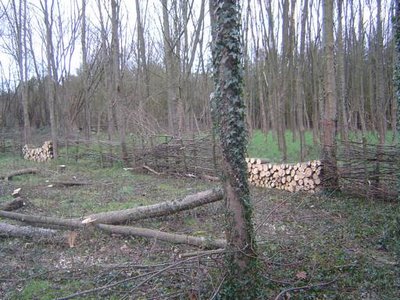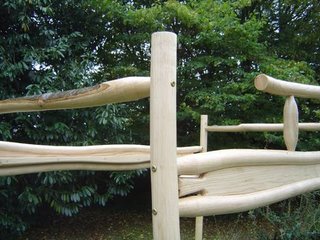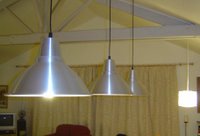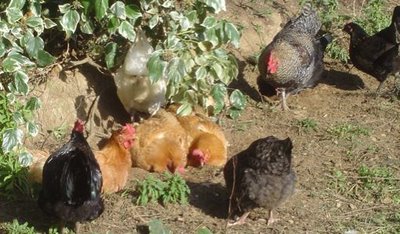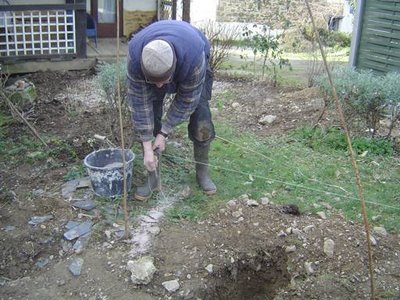
“I find television to be very educating. Every time somebody turns on the set, I go in the other room and read a book.” Groucho Marx.
This was going to be a winter blog, a blog for short, cold and wet days when life seems to be less about actually planting and digging and more about reading books about growing vegetables, and perhaps looking at the TV and the Internet. Actually, it’s been uncharacteristically mild and dry and we’ve managed to be outside a lot recently, working on our various projects. It’s certainly making up for it at the moment though, pouring with rain; it also blew a hoolie over the weekend and our house creaked like a square rigged ship at sea in a storm, actually quite pleasant sat around our wood stove.
But I’ve been caught out: winter is officially over. To get our permaculture design for our woods under way, we’d planned to cut two “cants” (areas cut in coppice cycle) of 1200 square metres (1/3 of an acre) and plant up with our chosen coppice plants of ash, hazel and sweet chestnut. I’ve just about finished the first and wanted to employ a local bucheron (lumberjack), Monsieur Crespel, to help me cut the other. He’s helped us before, just before Christmas, in safely felling a “hanging” tree (see blog of Sunday 24th December) and I met him again at the wood on Sunday. He pointed out that the primroses were blossoming; a sure sign indeed (apparently) that the sap was rising and spring was here. He scratched the bark of a sycamore to confirm his prognosis and pronounced it was already too late to cut, a job for next winter.
So, if not for a winter’s day, perhaps for a wet and windy spring day, here’s our top ten permaculture reads (not in any particular order).
The Earth Care Manual, Patrick Whitefield’s all-encompassing guide to temperate climate permaculture.
The New Complete Book of Self-Sufficiency, John Seymour’s classic which contains just about everything, including how to tell a cow’s age by her teeth.
The Woodland Way, Ben Law’s permaculture approach to woodland management.
Delia Smith’s Complete Cookery Course. Our vegetables, fruit and animals are for eating and, in the kitchen, Delia is Queen!
The River Cottage Cookbook. Hugh Fernley Whittingstall makes a direct connection between growing vegetables, raising animals and the food on our plates.
Creative Vegetable Gardening, if Delia is Queen of the Kitchen, then Joy Larkcom is the “Delia” of the vegetable patch and this book is heavily influenced by the French “potager” system.
Building Green, only just published green building guide by Clarke Snell and Tim Callahan. This is THE BEST book on the subject I’ve come across for a long time.
I Bought a Mountain, by Thomas Firbank. Outsider buys sheep farm in Wales, wins respect of the locals and makes it work. First published in 1940 and truly inspirational.
Wild Health, Cindy Engel gives us loads of evidence that, given the freedom to range, wild animals can keep themselves healthy by choosing to eat that which might cure an illness, very balanced and scientifically argued.
Penguin Lost, a novel by Russian Andrey Kurkov. Very amusing, the plot turns in the last sentence of the book and you can’t see it coming… What? Did you really think we only read books about permaculture?
In part 2, “The Sequel”, I’ll tell you about our favourite blogs to visit and how we bought 157 trees today.


